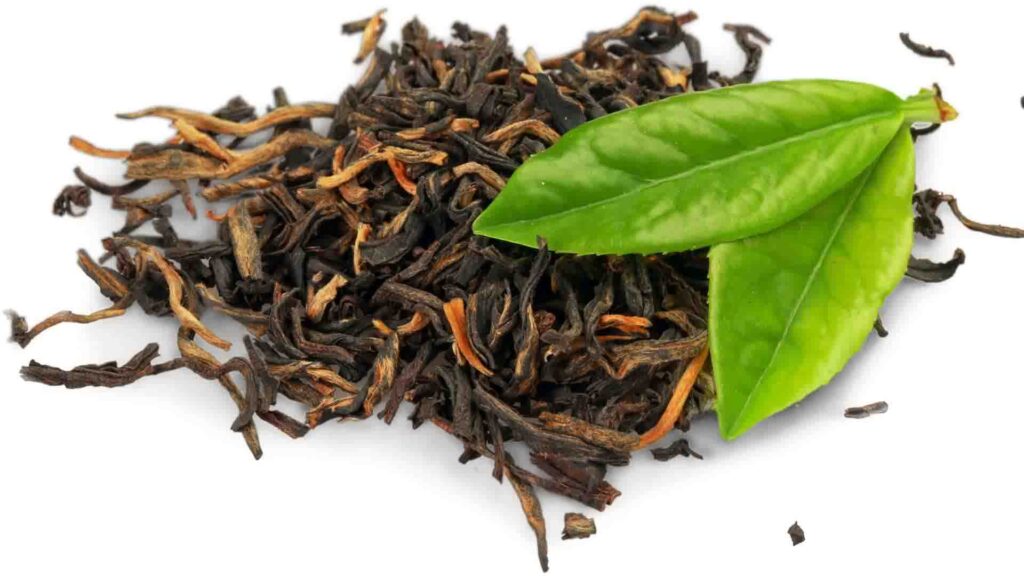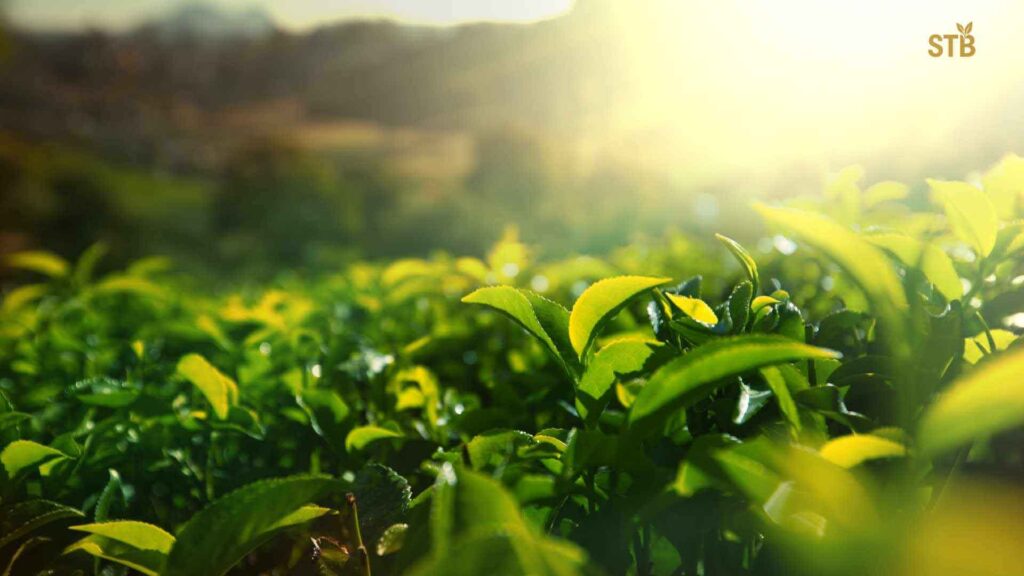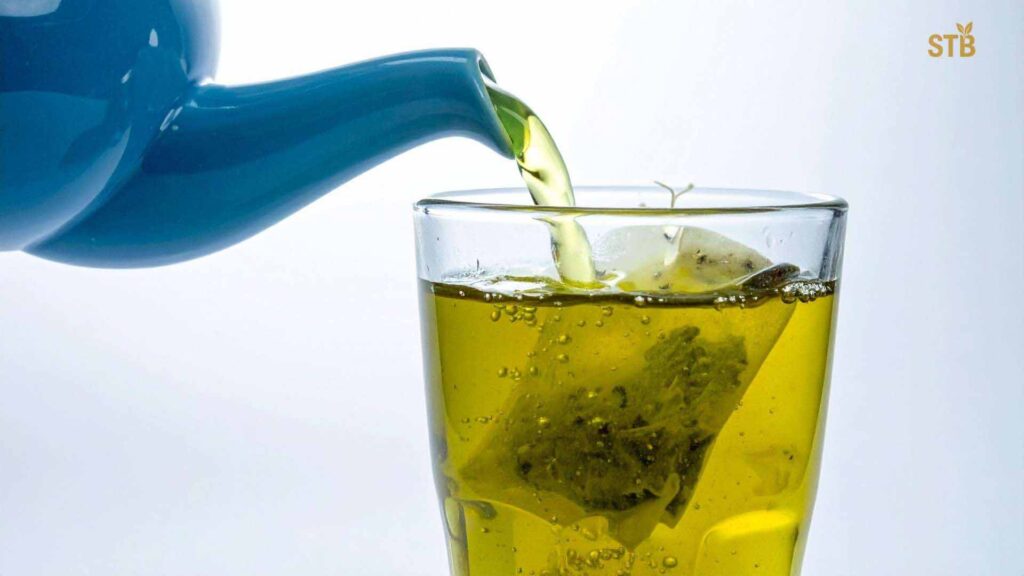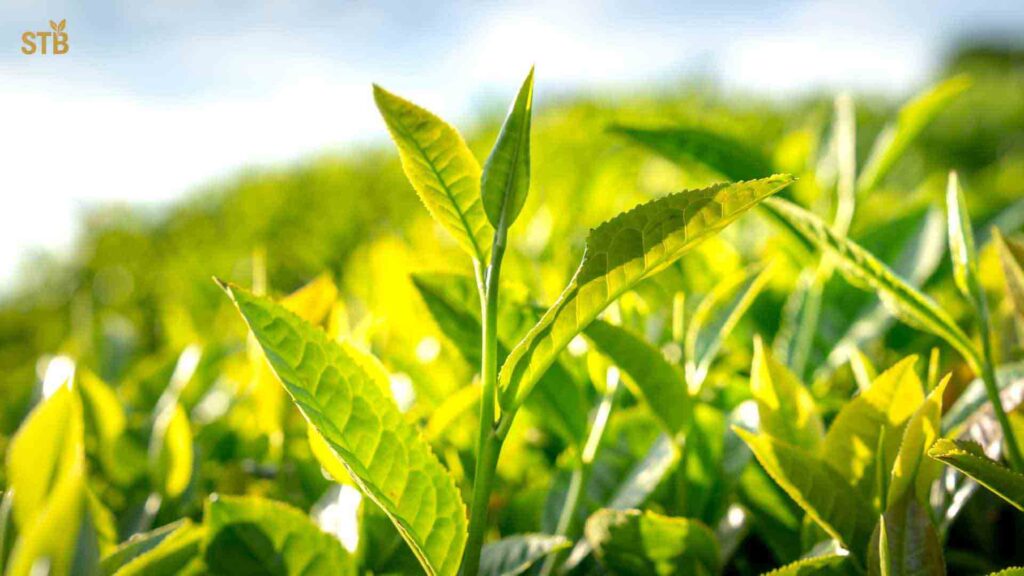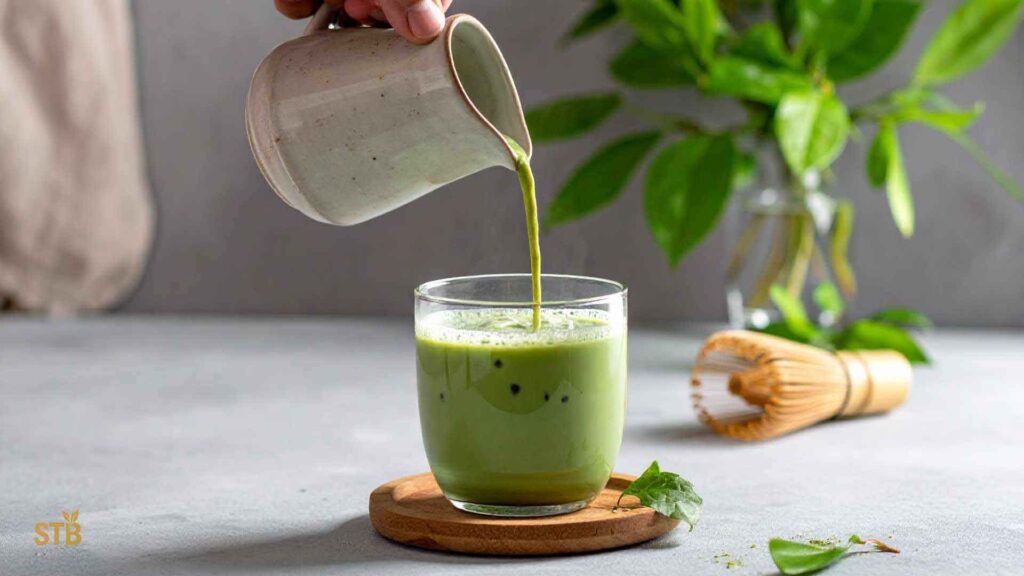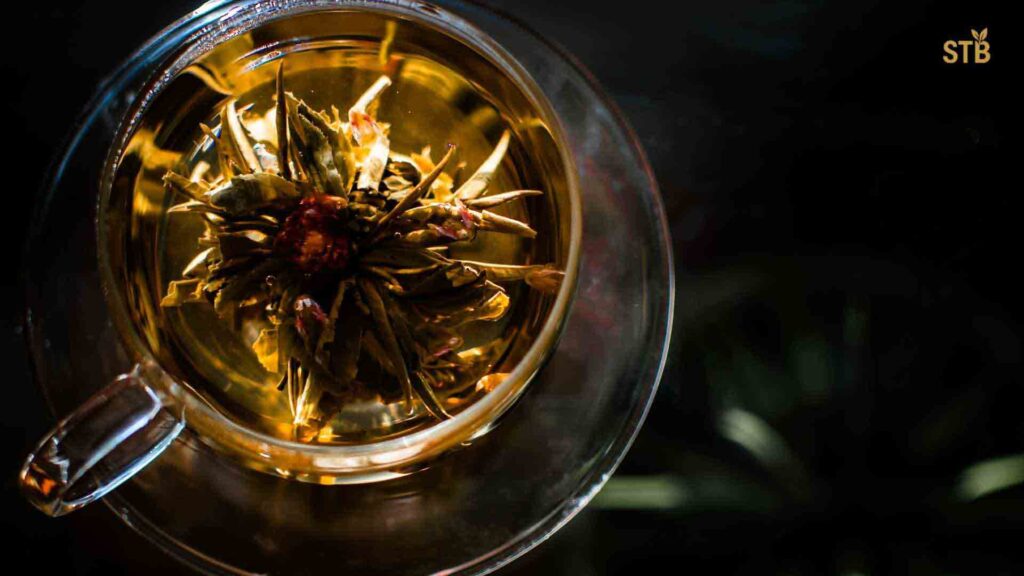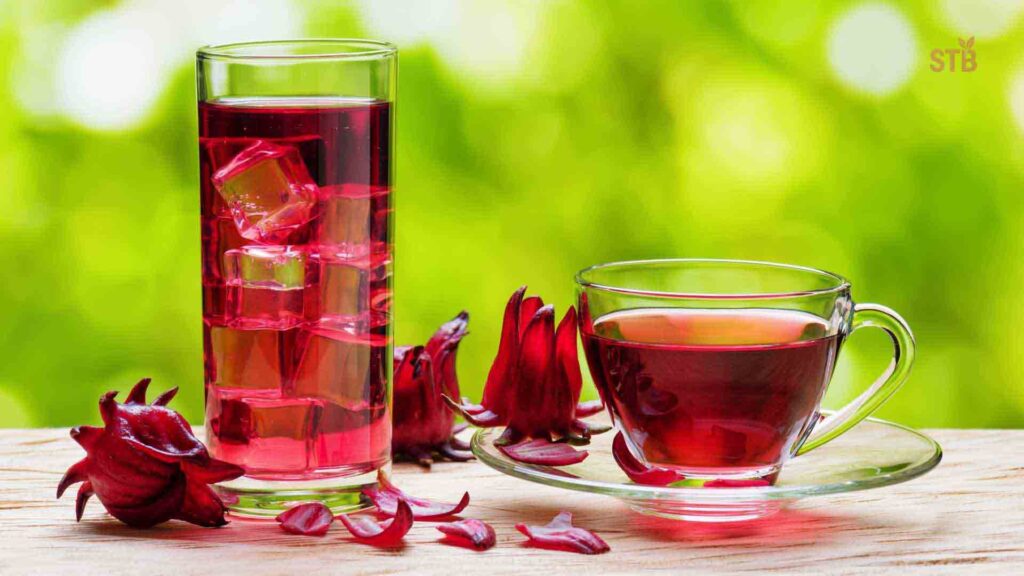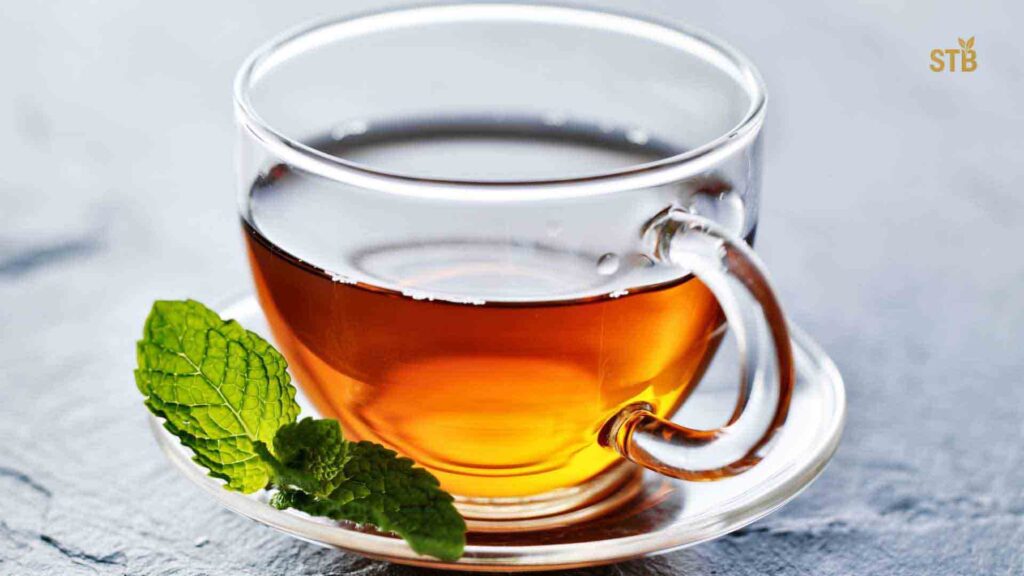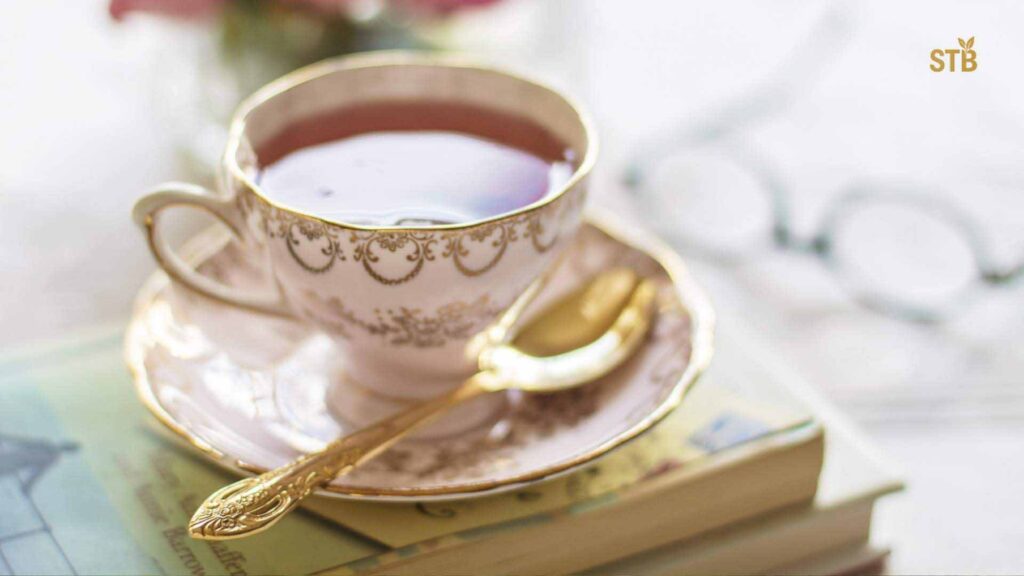Tea ritual is far more than a simple beverage; it is a universal language spoken in sips and shared moments. Across continents and through centuries, the act of preparing and drinking tea has evolved from a simple practice into a profound ritual, each one reflecting the unique values, history, and philosophy of its culture.
From the quiet introspection of a Japanese tea house to the vibrant conviviality of a Moroccan salon, these rituals are a testament to tea’s power to foster connection, mindfulness, and community. This exploration of global traditions will reveal a shared human appreciation for this timeless drink, culminating in a celebration of Bangladesh’s own innovative and deeply cultural contributions, proving its tea heritage deserves a place among the world’s most revered traditions.
Global Tea Traditions: A Study in Philosophy and Connection
The world’s tea traditions are as varied as the leaves themselves, yet a closer examination reveals a common thread of purpose. Each ceremony, regardless of its form, serves as a deliberate pause in the rush of life, an opportunity to connect with others and with a deeper sense of self.
The Way of Tea (Chanoyu), Japan: A Path of Mindfulness and Artistry
The Japanese tea ceremony, known as Chanoyu or Chado, is a meticulously choreographed ritual rooted in Zen Buddhism and the aesthetics of Wabi-Sabi, a philosophy that finds beauty in simplicity and humility. It is not merely the art of brewing tea, or Chanoyu, but a broader philosophical and spiritual journey, Chado, that transcends the physical act of drinking.
The ceremony’s principles are a guide to life: harmony (wa), respect (kei), purity (sei), and tranquility (jaku). Historically, tea was first introduced to Japan in the 9th century by Buddhist monks who saw it as a medicine, available only to rulers and nobility. Over time, this simple act was transformed into a ritual with the main purpose of fostering peace of mind and building social bonds.
During the Muromachi Period, the samurai class adopted the tea ceremony as a strategic tool to form political alliances and impress guests, often engaging in “guessing games” (tocha) where participants had to identify different teas. The tradition, however, found its perfected form under the great tea master Sen no Rikyū, whose focus shifted the ritual from a show of power to a meditative and artistic practice.
This historical evolution from a political instrument to a vehicle for inner peace demonstrates a profound cultural adaptation. The ritual’s modern form, often serving thin tea (usucha) in abbreviated ceremonies, continues to prioritize intentionality; every movement, from the purification of the utensils to the whisking of the matcha, is deliberate and in careful order, fostering social interaction, meditation, and self-reflection.
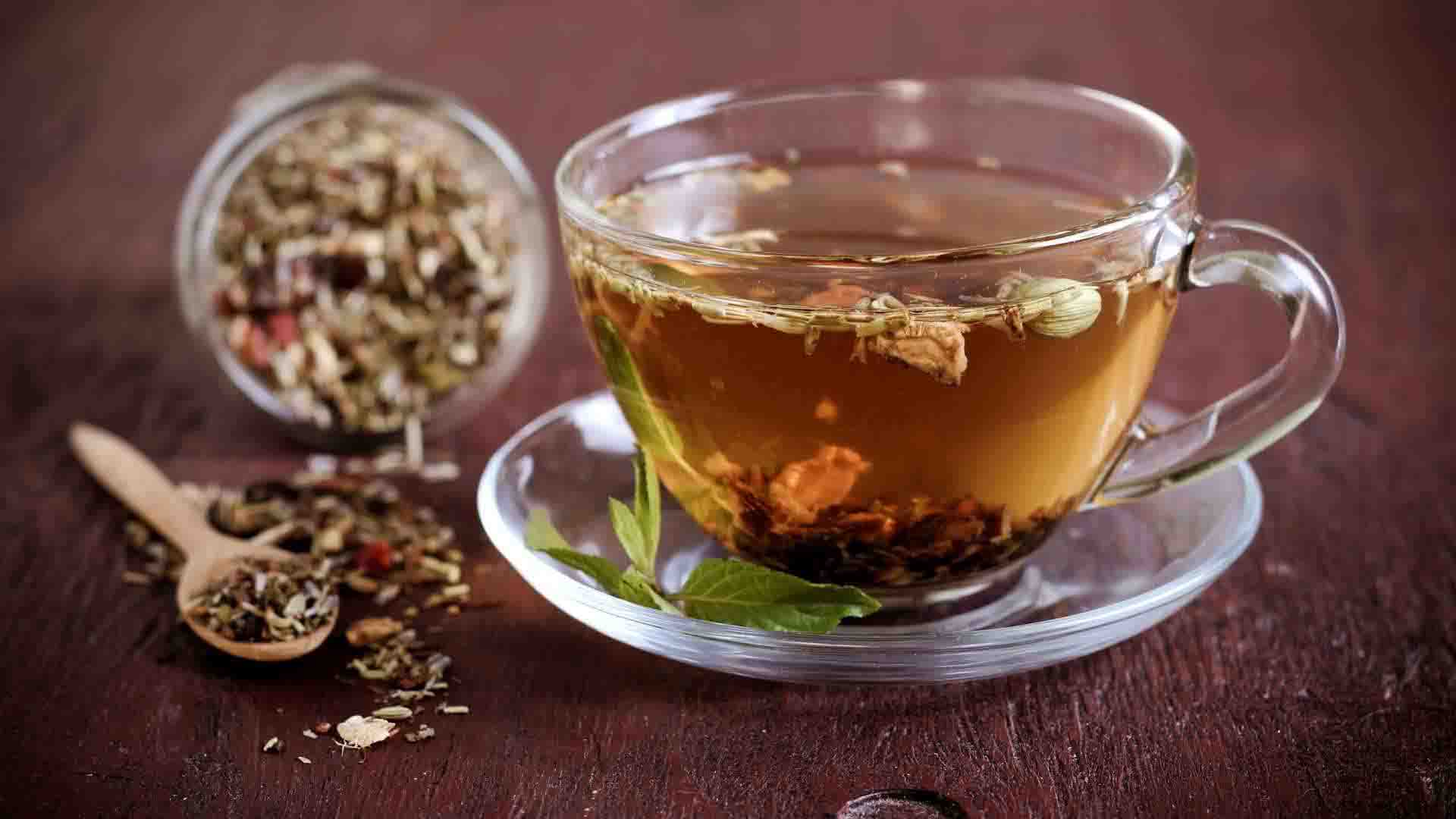
Afternoon Tea, Britain: The Quintessence of Social Tradition
In stark contrast to the contemplative Japanese ceremony is the vibrant social tradition of British Afternoon Tea. The practice, established in the 19th century by Anna, the seventh Duchess of Bedford, was born out of a simple need: to bridge the long gap between a light lunch and a late supper served at eight o’clock. The Duchess’s habit of enjoying a tray of tea, bread with butter, and cake quickly evolved into a fashionable social event among the upper echelons of society.
While the Japanese ceremony is a solitary path to self-reflection, British teatime is quintessentially about classiness and sociability. It is a light meal consisting of a selection of dainty sandwiches, scones served with clotted cream and jam, and an assortment of cakes and pastries. The joy lies not just in the culinary delights but in the shared experience and warm company it provides.
This tradition’s journey from an aristocratic privilege to a “widely embraced tradition nationwide” speaks to the democratizing power of tea. The enduring popularity of afternoon tea is a testament to its role as a unifying social event, a moment of good conversation and shared experience that transcends social standing and remains a cherished part of national culture.
Moroccan Mint Tea: The Profound Act of Hospitality
In Morocco, the preparation and serving of mint tea is an art form, a ritual deeply ingrained in the culture as a symbol of hospitality, generosity, and friendship. To offer a visitor tea is a gesture of warmth and respect, and to refuse it is considered a rudeness.The ritual itself is a spectacle that engages all the senses. The host carefully brews green tea with fresh mint leaves and a generous amount of sugar in an ornate teapot.
The serving of the tea is a display of skill and care. The host pours the tea from high above into small, handle-less glasses, creating a frothy crown on top, which symbolizes attention to detail and quality. A ceremonial tradition of three successive pours, each offering a different flavor profile, from “bitter as death” to “sweet as love,” turns the simple act of drinking into a symbolic shared journey that strengthens bonds and cultivates a sense of belonging.
This theatrical high pour, similar to the Central Asian tradition of only partially filling the piala , reveals a subtle yet universal cultural value. Both practices ensure the guest is consistently served hot, fresh tea, conveying a profound and continuous desire for connection and continued engagement.
Indian Chai: The Spice of Everyday Life
In India and across the subcontinent, chai, or masala chai, is the spiced heart of a daily routine. Far from being a formal ceremony, chai is a ubiquitous and democratic drink, consumed multiple times a day and sold by street vendors on every corner.The ritual involves brewing strong black tea with milk, sugar, and a vibrant mix of spices like ginger, cardamom, cinnamon, and black pepper, with the exact recipe varying by region and personal preference.
The cultural importance of chai extends beyond its role as a simple beverage; it is a restorative tonic believed to have medicinal properties. Elders in Bangladeshi villages, for instance, consider it a cure-all, claiming it “softens the blood,” wards off fever, and strengthens bones. Spiced milk tea, infused with ginger and cardamom, is also believed to aid digestion and boost the immune system, showing how the tradition has been integrated into a broader framework of wellness.
The medicalization of a daily drink, a belief that dates back to tea’s ancient uses in cultures like Japan and China, highlights how tea has been woven into the fabric of everyday life for practical well-being, providing both comfort and health in a single cup.
| Country/Region | Core Philosophy | Typical Tea | Key Accompaniments | Unique Feature |
| Japan | Mindfulness/Zen | Matcha | Wagashi (sweets) | Ceremonial whisking |
| Britain | Sociability | Black Tea | Scones/Sandwiches | Dainty finger foods |
| Morocco | Hospitality/Generosity | Gunpowder Green | Pastries | The high pour |
| India | Restorative/Communal | Black Tea (CTC) | Biscuits/Snacks | Spiced brewing |
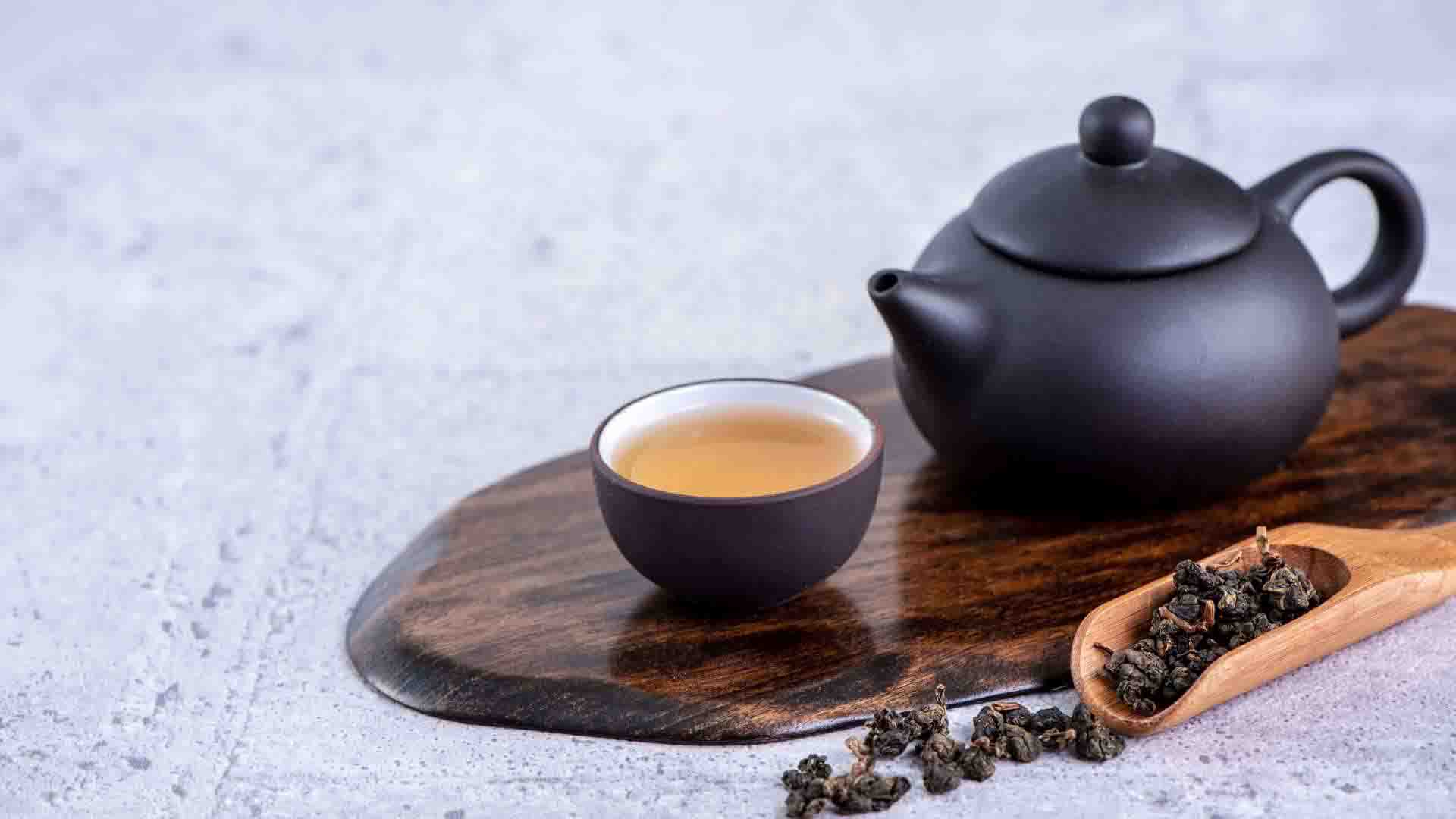
The Heartbeat of Bangladesh: A Tradition Reimagined
Having journeyed through the world’s most cherished tea rituals, we arrive in Bangladesh, a nation with a tea heritage that is not only rich in history but also vibrant with innovation. While the country is a significant global player, its tea culture is often a hidden gem, characterized by resilience, folklore, and a uniquely modern artistry.
From Colonial Commodity to Cultural Staple: A History of Resilience
The history of tea in Bangladesh is deeply intertwined with the British colonial era. In the 19th century, the British East India Company initiated tea cultivation in the hills of the Sylhet region, a landscape blessed with the highlands, temperate climate, and heavy rainfall ideal for producing high-quality tea.
The Malnicherra Tea Estate, established in 1857, stands as a testament to this history, holding the distinction as the first commercial tea garden in the subcontinent. Today, Bangladesh is the world’s 9th largest tea producer, with 166 commercial estates employing millions of people, a cornerstone of the national economy.
The evolution of tea from a colonial commodity to a cultural staple is a compelling story of indigenization. When the British first introduced tea to Bengal, it was viewed with suspicion as a foreign luxury, a “precious, untouchable drink” reserved for the wealthy and powerful.
However, over time, the beverage was embraced by the masses and integrated into the daily social fabric, with the industry now focused on serving a lucrative domestic market driven by a rising middle class. This shift, from an export-oriented industry to one that primarily serves its own people, is a testament to the profound cultural ownership of the drink by the Bangladeshi people.
The Folklore and Fabric of Bangladeshi Tea
Bangladeshi tea culture is not defined by elaborate ceremonies but by a tapestry of folklore and social practices. The quintessential symbol of this culture is the street-side tea stall, or tong, which serves as a vibrant social hub where communities gather to share news, jokes, and moments of connection. The folklore surrounding tea adds layers of meaning to these daily rituals, serving as a living record of the nation’s history and values.
One common saying, “reheated tea turns into poison,” is a belief that arose to discourage serving stale tea and reinforce the value of hospitality. It teaches that serving a fresh, hot cup is a gesture of pride and respect for a guest. Similarly, the playful proverb, “‘Cha khele kalo hoye jabi’ (Drink tea and you’ll turn dark),” was once used by parents to keep children away from what was considered an adult luxury, a lighthearted but telling reminder of tea’s former status as a symbol of class.
A more somber narrative can be found in the Sylhet tea gardens, where folklore tells of spirits, or bhoot, that slip into the steam of a tea cup at night, a poignant tale linked to the historical trauma of peasant displacement during colonial rule. These tales show how a simple drink can be inextricably linked to a nation’s collective memory, embodying pride, history, and resilience.
The Pinnacle of Bangladeshi Innovation: Seven-Color Tea (Saat Rong Cha)
The most compelling argument for Bangladesh’s unique place on the global tea stage is the remarkable Seven-Color Tea (Saat Rong Cha), a modern ritual born of scientific artistry. In the town of Sreemangal, a local tea master named Romesh Ram Gour invented this mesmerizing beverage after discovering that different tea leaves have varying densities. After a year of experimentation, he perfected the recipe to create seven distinct bands of color and taste, a closely guarded family secret that has made his Nilkantha Tea Cabin a national treasure.
The creation of Seven-Color Tea is a tangible ritual that blends scientific principles with culinary artistry. It involves a precise layering of different locally grown tea blends—three black teas and one green tea—with condensed milk and various spices. Each layer offers a new flavor, from a spicy cinnamon top to a sweet, syrupy green tea bottom, with the taste and color separating according to density.
This innovative ritual stands apart from the ancient, philosophical practices of other cultures. It is not an inherited tradition but a modern, proprietary creation—a tangible representation of Bangladesh’s ingenuity, creativity, and unique contribution to the global tea narrative.
Conclusion: What We Can Learn from a Shared Passion
From the meditative stillness of Japan to the communal warmth of Bangladesh, tea rituals are a powerful reminder that the act of sharing a cup can be a profound human experience. They teach us to slow down, to be present, and to find connection in both grand ceremonies and simple, daily moments. Whether a ritual is rooted in Zen philosophy, social convention, or scientific innovation, its core purpose remains the same: to use tea as a catalyst for human connection.
STB Leaf is not just a purveyor of fine tea; it is a partner in this global journey. The brand’s mission is to help customers discover the rich, aromatic flavors of Bangladeshi tea and to empower them to start their own personal tea rituals. By exploring the world’s diverse traditions, one gains a deeper appreciation for the tea culture of Bangladesh, a tradition forged in resilience, rich with history, and crowned with a modern masterpiece.
The story of Bangladeshi tea is a story of shared passion, proving that its place on the international stage is not just deserved—it is a vital part of the global tapestry of tea.
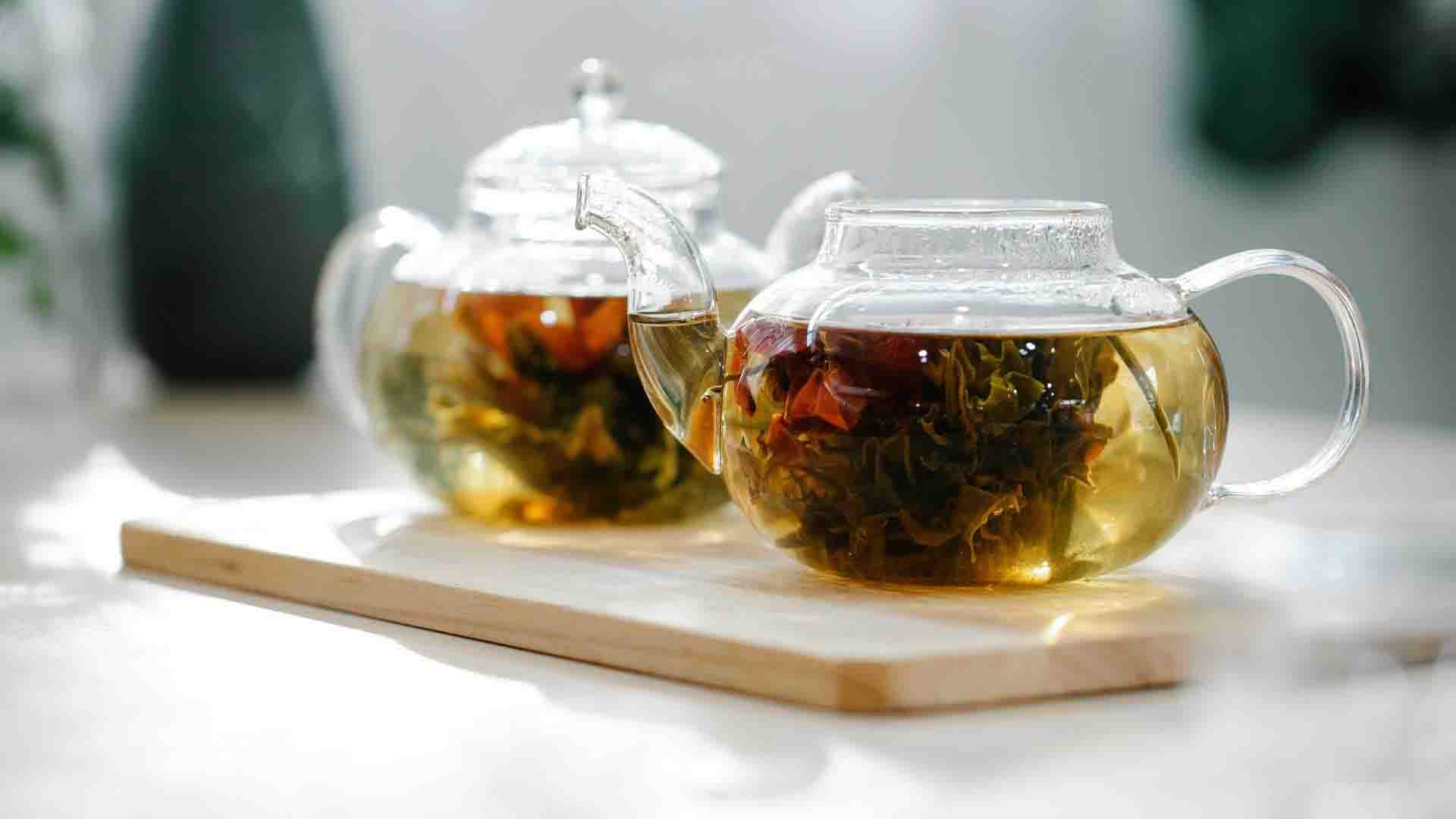
Frequently Asked Questions (FAQs)
1. What is the history of tea in Bangladesh?
Tea cultivation in Bangladesh dates back to the British colonial period in the 19th century, when the British East India Company began commercial operations in the hills of the Sylhet region. The first commercial tea garden in the subcontinent was the Malnicherra Tea Estate, established in 1857 in Sylhet, which laid the foundation for the country’s tea industry. Today, Bangladesh is the world’s 9th largest tea producer, with 166 commercial estates employing millions of people, playing a significant role in the national economy.
2. Why is tea so important in Bangladeshi culture?
Tea is deeply woven into the social and cultural fabric of Bangladesh, serving as a symbol of hospitality and shared experience. It is the unofficial national drink, consumed multiple times a day at home and in public social hubs known as tongs. Offering a cup of tea to a guest is a gesture of warmth and friendship, and the beverage plays a central role in social gatherings and events, making it an essential part of daily life.
3. What is Seven-Color Tea, and where does it come from?
Seven-Color Tea, or Saat Rong Cha, is a well-known multi-layered beverage that originated in Sreemangal, Bangladesh. It was invented by Romesh Ram Gour, a local tea master who discovered that different tea leaves and flavorings have varying densities, allowing them to separate into distinct layers. The tea is a popular attraction at his shop, the Nilkantha Tea Cabin.
4. How is Seven-Color Tea made?
The precise recipe for Seven-Color Tea remains a closely guarded family secret, but it is known to be based on the scientific principle of density. The layers are created by combining different types of locally grown tea—including black tea and green tea—with various spices, condensed milk, and other flavorings. The resulting concoctions are then carefully poured one on top of the other, with the densest mixture settling at the bottom to create seven distinct bands of color and taste.
5. What is the difference between green tea and oolong tea?
While both green tea and oolong tea can be made from the same Camellia sinensis plant, they belong to different categories due to their distinct processing methods. Green tea is typically pan-fired to prevent oxidation, while oolong teas undergo a longer withering and oxidation process. This more intricate process for oolong tea results in a more complex flavor profile, and it is often made from a different type of tea leaf that is more fleshy and dense than the smaller leaves or buds used for green tea.
6. What are the health benefits of drinking black tea?
Black tea, produced through the complete oxidation of tea leaves, contains powerful antioxidants that offer a range of health benefits. Studies have shown that the antioxidants in black tea may help reduce artery blockages and lower the risk of heart attacks, particularly in women. It has also been associated with lower fasting glucose and triglyceride levels and can help reduce the stress hormone cortisol. Additionally, black tea is a natural remedy for upset stomachs and headaches.
7. What is the Japanese tea ceremony’s significance?
The Japanese tea ceremony, known as Chanoyu or Chado, is a deeply significant ritual rooted in Zen Buddhism. It is an art form that embodies four core principles: harmony (wa), respect (kei), purity (sei), and tranquility (jaku). The ceremony offers participants an opportunity for social interaction, meditation, and self-reflection, fostering a deeper connection with others and their surroundings through a meticulous and deliberate process of preparing and serving tea.
8. What does “reheated tea is poison” mean in Bangladeshi folklore?
This traditional Bangladeshi proverb, “Cha bar bar gorom korle bish hoye jai,” translates to “reheated tea turns into poison”. While not a literal statement, this belief arose to discourage the serving of stale, reheated tea, which can lose its flavor and cause stomach upset. It serves as a strong cultural reminder that serving fresh tea is a symbol of hospitality and pride, and offering stale tea is seen as disrespectful to guests.
9. What is the significance of the Moroccan high pour?
The high pour in a Moroccan tea ceremony is a crucial part of the ritual. The host pours the tea from a height into small glasses to aerate the brew and create a foamy crown on top, which is a sign of quality. This dramatic gesture is not only an aesthetic display of skill but also a symbol of respect and hospitality, ensuring that the tea is perfectly blended and ready to be enjoyed by guests.
10. Why is Bangladesh a net importer of tea, despite being a top producer?
Although Bangladesh is the world’s 9th largest tea producer, its rising middle class and increasing domestic consumption have made it a net importer of tea. The tea industry has shifted its focus from being a major exporter to catering to its lucrative local market. This trend signifies a strong and growing cultural appreciation for tea within the country itself, reflecting its deep integration into daily life and social customs.

